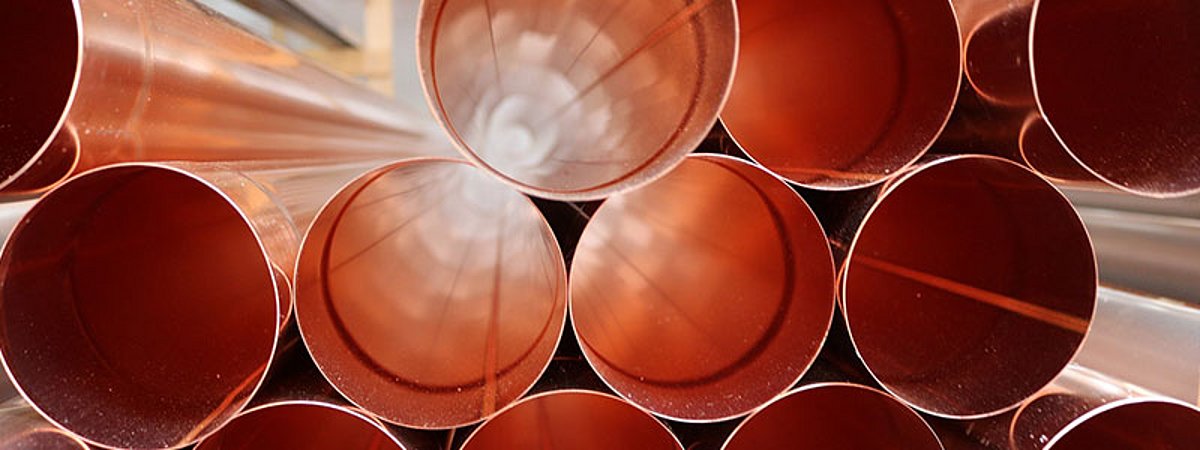Decline in production in the copper processing industry

In the first half of 2023, the German copper industry recorded a twelve percent decline in production compared with the same period of the previous year, to 673,000 tons. In addition to the weak order situation, the industry is also seriously concerned about the continuing uncertainty regarding reliable framework conditions.
"For all energy-intensive sectors, including the copper processing industry, the energy prices, which are still high by international standards, have had and continue to have direct and in some cases serious consequences," Rolf Werner, Chairman of the Board of Kupferverband e.V., comments on the current situation. "Parallel to this, the copper industry is also recording significant declines in orders across almost all major customer sectors. This is also a comparatively difficult situation, because usually there is a rather balancing influence of the very different customer industries. And on top of that, the industry has to cope with the considerable financial and organizational expenses resulting from necessary transformation processes in the context of decarbonization." The main end users of copper materials are the automotive industry (automobiles, rail vehicles, and aerospace), the construction industry, the electrical engineering and electronics industry, and mechanical and plant engineering.
"There is now also a change in the investment climate, which is becoming strikingly friendlier outside Germany. The crux is that political decisions require a long time horizon before they are launched in a democratic process and only then begin to have an impact. Companies, however, are forced to act quickly in difficult times. Investment decisions, if they are made at all, are therefore already inevitably to the detriment of Germany as a business location whenever the opportunity arises. Companies with a low degree of internationalization are, however, dependent on reliable and long-term assessable framework conditions on site, especially in this phase of rising costs and rising interest rates, which is already threatening the existence of some companies," continues Rolf Werner. "Here, the Copper Association is seeking to work closely with the Wirtschaftsvereinigung Metalle in order to address the most urgent demands of our industry to politicians in a targeted manner and to create secure framework conditions despite the turbulent times." Overall, the decline in production in the copper industry is continuing in all sectors. The production of cast copper alloys also slumped by 31 percent to 11,000 tons in the first Hlab year 2023. The most significant sector, the production of rolled, pressed and drawn copper and copper alloy products, showed a year-on-year decline of 18 percent to 347,000 tons in the first six months of 2023. During the same period, the copper powder sector recorded an estimated 7,000 metric tons, down 13 percent from the first six months of 2022.
